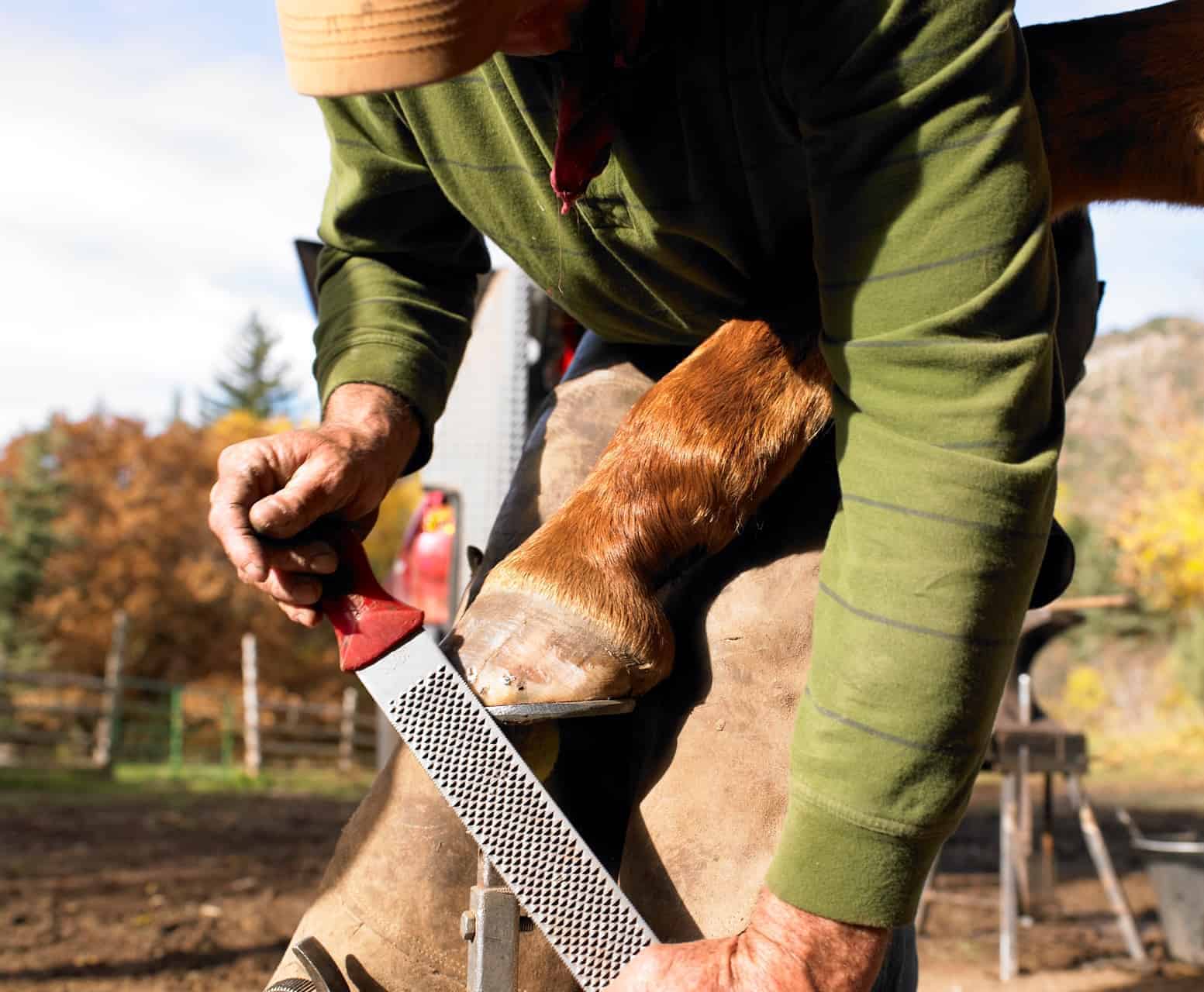Farrier, Horse Owner Interactions Key When Managing Laminitis

Respecting owners’ expertise and knowledge about their horses and maintaining open dialogue with body language to encourage “partnership” are key elements in good farrier-client communication, said Jenny Lynden, PhD, CPsychol SFHEA, staff tutor and lecturer in psychology at The Open University’s School of Psychology and Counselling, in Milton Keynes, U.K.
Holistic Farrier Care and “Partnership”
Because laminitis isn’t just a hoof disease, but rather a “whole horse” illness affecting the feet, the farrier-client partnership can be critical in disease management, said Lynden.
“As we know, endocrinopathic laminitis (that which is related to systemic endocrine disorders) has multiple risk factors, including changes in horse weight and obesity, and it’s important to recognize potential signs of underlying conditions such as pituitary pars intermedia dysfunction (PPID) and equine metabolic syndrome (EMS),” she said
Create a free account with TheHorse.com to view this content.
TheHorse.com is home to thousands of free articles about horse health care. In order to access some of our exclusive free content, you must be signed into TheHorse.com.
Start your free account today!
Already have an account?
and continue reading.

Written by:
Christa Lesté-Lasserre, MA
Related Articles
Stay on top of the most recent Horse Health news with












